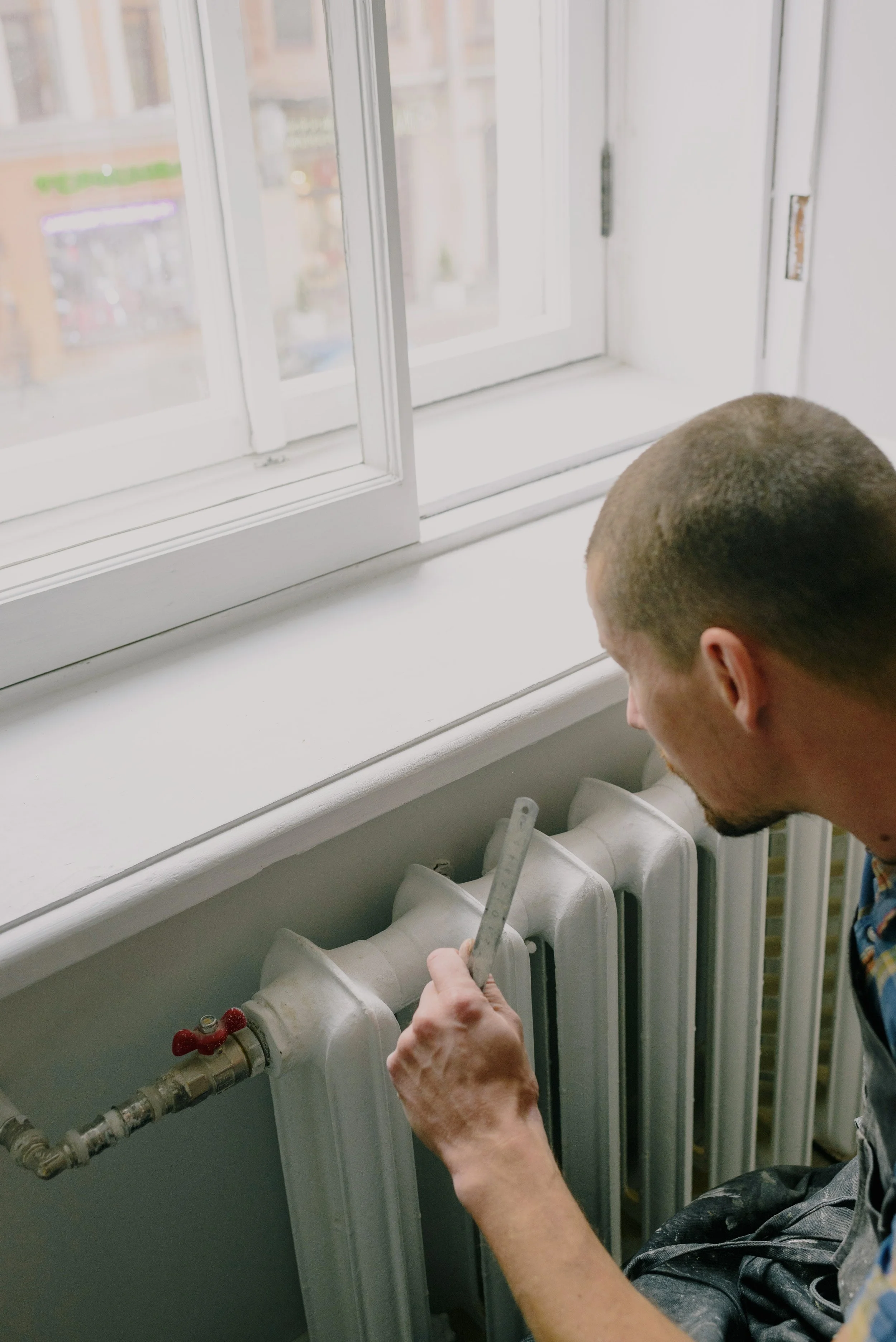
Heating and cooling efficiency
Heating and cooling in buildings and industry take the lead in the EU’s total energy consumption. Notably, 75% of heating and cooling is still generated from fossil fuels. As such, they play a crucial role in a country’s transition towards greater energy efficiency and decarbonization. This could be achieved by increasing the use of renewable energy, efficiency in supply, moderating demand, and making sustainable heating and cooling techniques affordable for all.
In these circumstances, the European Commission published the “Heating and Cooling Strategy” in 2016 whose first step involves addressing the exorbitant amounts of energy used to regulate temperatures in all building typologies.
A primary goal of this strategy is to boost consumer power by upgrading the entire grid with better metering, high-performance insulation materials and controlled energy use. In the meantime, owners, tenants, building managers and public authorities will have more information at their disposal on ways and benefits of renovating and transitioning to more renewable energy sources.
Making our buildings more energy efficient has numerous advantages. Firstly, it saves heating and cooling costs without creating thermal discomfort in the building interiors. Next, updating installations to meet current standards also improves safety. Finally, an up-to-date building holds a much greater value on the market, since it follows European norms and regulations and can accommodate new generations for more years to come.
Substantial energy savings can be made from simple modifications or adaptations, especially for buildings dating from the post-war era, which were constructed with insufficient or low-quality thermal insulation. Secondly, the old heating systems are subject to significant heat loss, with 20-30% of energy dissipated into the atmosphere as smoke and waste heat. Some systems are also based on air intake from the interiors, causing additional heat and oxygen loss, as well as hazardous malfunctions.
By adding a continuous layer of insulation to roofs, walls and foundations, we can create an enclosed thermal envelope that prevents the heat from escaping into the external environment.
Additionally, by installing more efficient heating systems, some of which work with a minimal heat loss of around 5%, we can drastically reduce the overall energy consumption of our structures. Examples hereof are heat pumps, solar, geothermal, or condensation systems. In addition, there are several innovative and highly efficient technologies that are quickly approaching market readiness, such as stationary fuel cells that convert energy to electricity creating heat as a by-product.
However, decisions on replacing old appliances are typically made under pressure, when the heating system breaks down and the owners need an urgent solution. Coupled with the absence of all the needed information and facts about various installation systems and price comparisons, completing a successful renovation and an energy-efficient upgrade proves to be overly challenging. Financial constraints and shared ownership further complicate the process, resulting in many owners selecting older and less efficient technologies.

Renovation leads to more possibilities
We find opportunities to add privately owned public space in routine projects like building repairs, restoration, and waterproofing that drive value for our building owners. With creative programming and design, we leverage the full potential of overlooked urban spaces, like courtyards in perimeter blocks or the areas surrounding buildings, to make sites more desirable and valuable. Read more

Why redevelopment?
A building is never truly finished; it can always be re-adapted and transformed to take upon a new form or function. Recycling architecture has been a common practice throughout history, and in many cases, it has led to the preservation of a large part of our current cultural heritage. Read more

The story behind redevelop belgium
“It takes 65 years for a new energy-efficient building to save the amount of energy that an adaptive reuse project does. redevelop is a strategic design firm that develops and implements sustainable strategies to develop post-war buildings for contemporary use.” Read more

That's how the concrete crumbles
Early 20th-century engineers thought reinforced concrete structures would last a very long time – even up to 1,000 years. In reality, their life span is significantly shorter, depending on the quality of the production and maintenance. Read more

Façade renovation 101
A renovation with a high-quality upgrade of the existing structure, combined with interior renewals as an opt-in choice, can give most parties what they want. An entire building envelope can be renewed according to future standards. Read more








